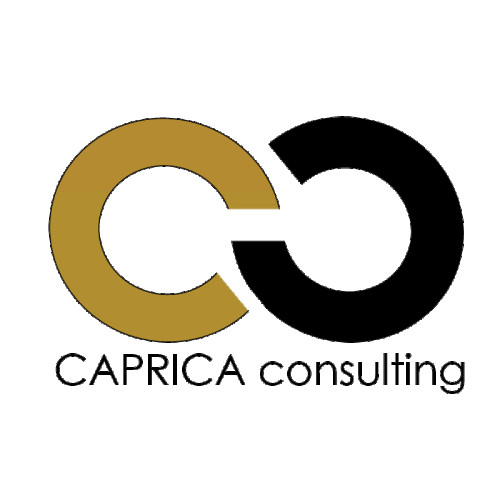Why is this important for you?
If you have won national or EU funding, it’s almost guaranteed that sooner or later the inspectors will show up. And no, it’s not just paperwork - they will closely examine both the professional and financial implementation of your project. And believe me, it makes a huge difference whether they leave with a calm „well done, congratulations” smile or with a thick list of deficiencies to be remedied.
Picture this: There’s a knock at the door. Two official-looking people stand there with folders and laptops. Not the tax authority, but it feels almost the same. You know you have documentation for everything… somewhere. But suddenly you can’t find it. The inspector is waiting. You are searching. The tension in the air rises. Sound familiar?
That’s why you have to prepare in advance. An on-site inspection is not a surprise party - you’ll receive a date and a list of what will be required. The trick: don’t just tick off the list, sell your project.
The on-site inspection process in brief
- First contact: usually by phone to arrange a date, followed by an official notice with the address, date, and required documentation.
- Inspection day: the inspectors review the financial and professional documentation on-site, visit the project implementation location, and take photographic documentation.
- Closing: a report is prepared, signed by the official representative or an authorized person. If deficiencies are found, a request for completion may be issued.
First impressions matter
An on-site inspection should never be taken lightly, as the first impression is crucial here as well. Inspectors are people too: if they see that everything is transparent and professionally prepared, they are much more likely to conclude the report on a positive note. And don’t forget - money is at stake here: any deficiencies could lead to repayment or sanctions, which can easily disrupt any budget. Finally, there’s peace of mind: if you know everything is in order, you won’t need to rush or worry on the day of the visit - and that alone is priceless.
How to prepare so that it’s a pleasure to inspect you?
- Show professionalism from the first minute: Provide a suitable, quiet space for the inspectors, with technical support (e.g., printer, internet). A tidy, prepared environment creates a positive first impression.
- Have all documents ready, in original and organized: Contracts, purchase orders, completion certificates, invoices, payroll slips, attendance sheets, payment proof.
- Tell the story of your project: Prepare a short presentation: where you started, where you are now, and what results you have achieved. Not mandatory, but much more professional than just handing over „paperwork”.
- Be ready to answer professional questions: The project’s goals, target group, expected impact, business utilization - all may come up. If research, development, or testing was involved, prepare the professional materials (e.g., research reports, testing documentation).
- Ensure the key person is present: The professional leader (project manager) should be there in person. If all key personnel cannot attend, they should at least be reachable by phone (e.g., accountant, payroll officer).
- Prove your right to use the location: For owned property, provide a property deed not older than 30 days; for leased premises, a valid lease agreement plus the owner’s consent.
- Prepare for the site visit: The inspector may want to see the assets and locations purchased under the project. Make sure everything is in place and can be documented.
- Accounting, asset records, indicators: Keep separate project accounting with a general ledger extract, asset activation documents, and asset cards. In the maintenance period, be ready to show the comparison of planned vs. actual indicators.
- Closing and follow-up: Record the inspectors’ comments and complete any requested corrections on time. Quick responses can help avoid sanctions.
What if they find a mistake?
Don’t panic. In most cases, you’ll be given a request for completion. The key here is: meet the deadline. If you respond quickly and accurately, you’ll save yourself a lot of trouble.
Closing thoughts
An on-site inspection is not an enemy but an opportunity - to show that you have used the funding responsibly, thoughtfully, and effectively.
And believe me, that moment when the inspector shakes your hand with a smile at the end is worth all the preparation.
For more information or advice, please fill out our contact form.


